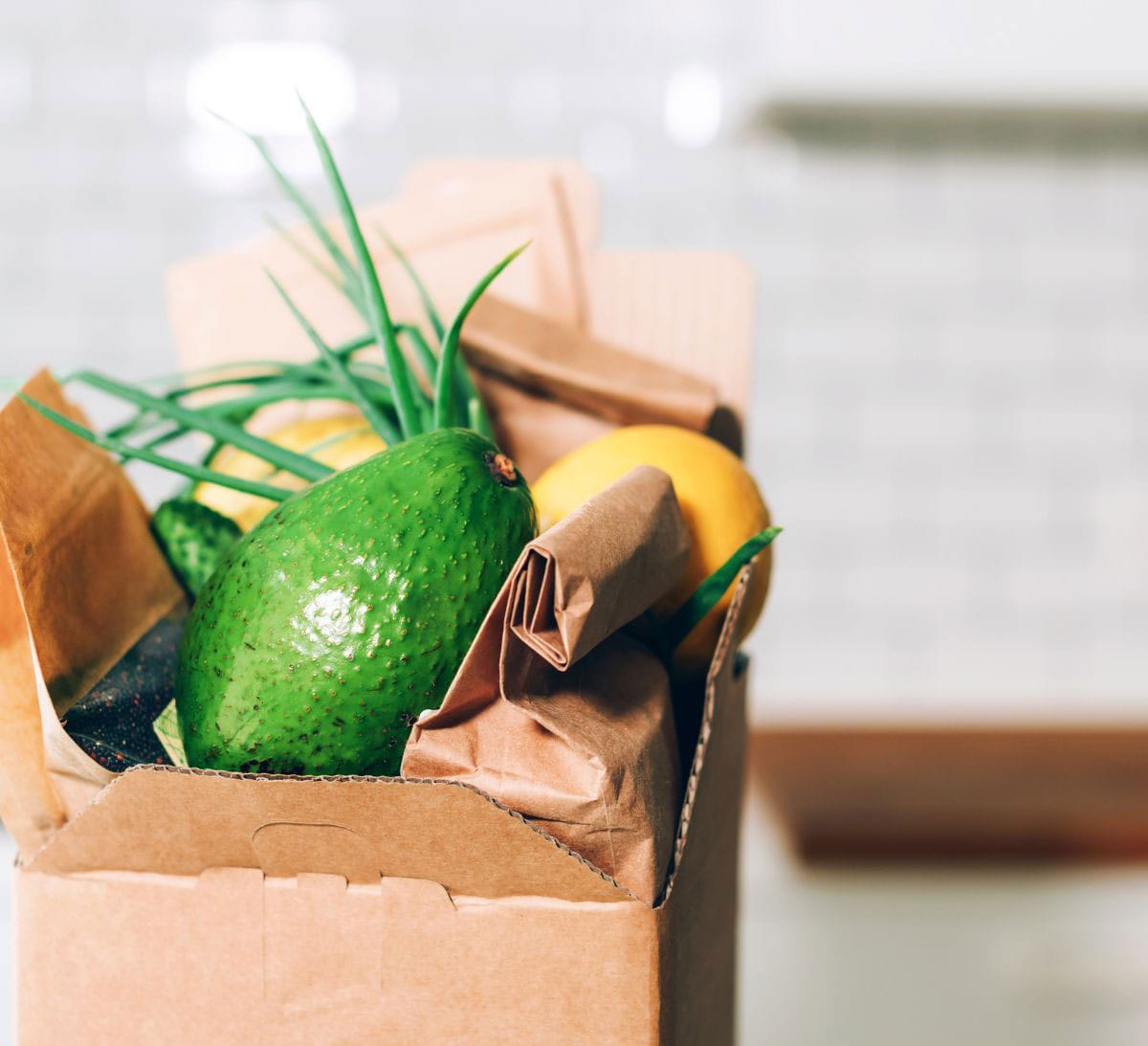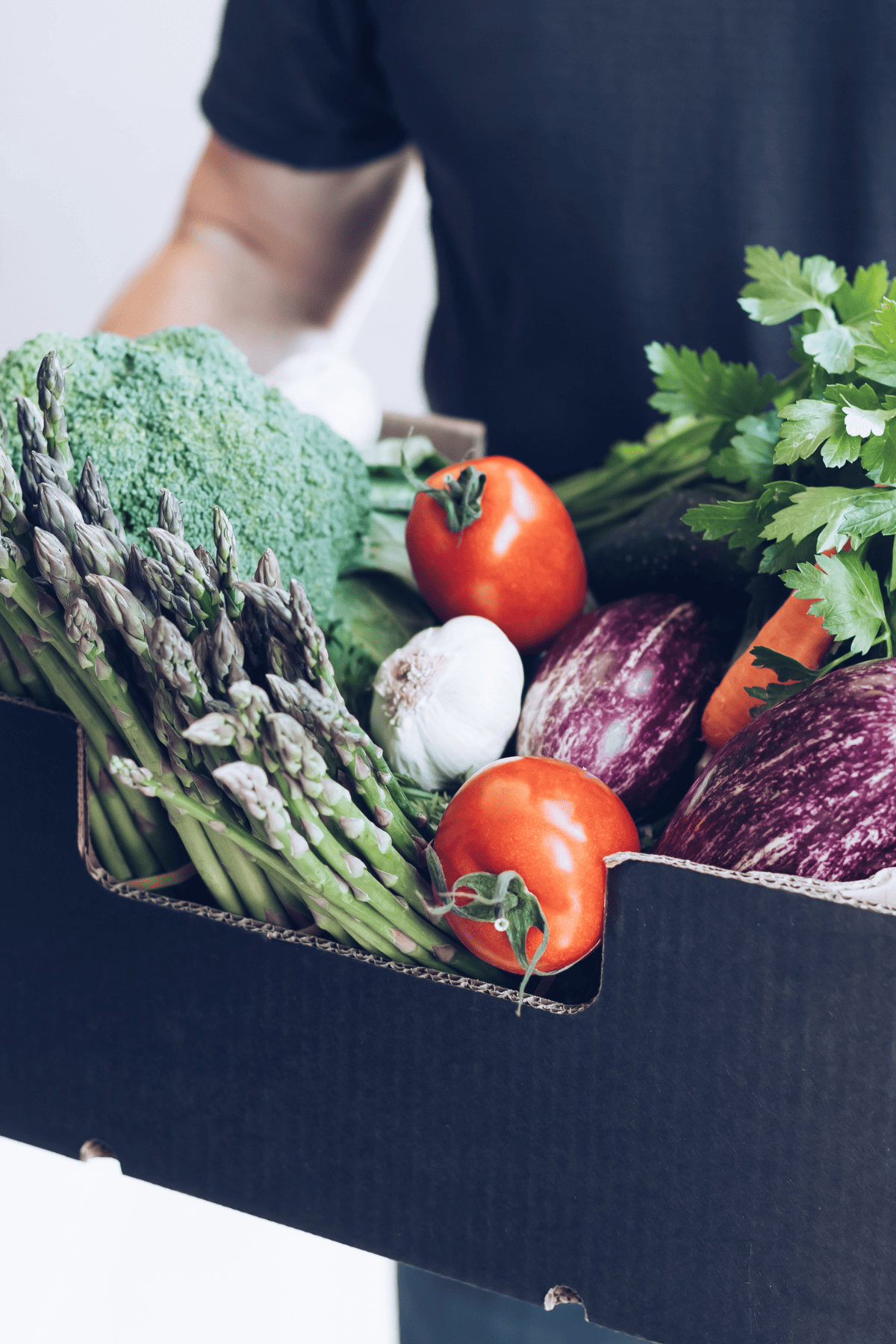What Is A CSA Box
A CSA box, which stands for Community Supported Agriculture, is a subscription-based service where consumers receive regular deliveries or pickups of locally grown farm produce. This model provides a direct bridge between the customers and the farms, fostering a closer relationship with their food source. By participating in a CSA, individuals help support local farmers and benefit from enjoying fresh, seasonal produce throughout the farming season.
The contents of a CSA box can vary from week to week but typically include a variety of vegetables and fruits and sometimes additional products like dairy or herbs. The selection depends on what the farmers harvest to ensure subscribers receive the freshest produce possible. Some CSA programs also offer different sizes and types of subscriptions to accommodate different household sizes and dietary preferences.
Being part of a CSA program often means that members share in the risks and rewards of agriculture, as weather and other factors can affect the quantity and quality of the produce. It encourages consumers to become more adventurous in their eating habits by trying vegetables and fruits they might not purchase otherwise and learning how to prepare foods that are in season.
Also see, 7 Reasons To Support Your Local Farmer and How To Start An Organic Farm

Understanding CSA Boxes
Community Supported Agriculture (CSA) boxes are a subscription-based service for consumers to receive fresh, locally-grown produce directly from farmers.
Definition and Purpose
A CSA box is a package of fresh agricultural products supplied directly to consumers by local farmers. The essential purpose of CSA boxes is to connect consumers with the food they eat and the individuals who grow it. This exchange supports local agriculture by providing farmers with a consistent harvest market, while consumers benefit from seasonal, fresh, and often organic produce.
History and Origin
The CSA model originated in the 1960s in Germany, Switzerland, and Japan as a response to concerns about food safety and the urbanization of agricultural land. It arrived in the United States in the mid-1980s and has since gained popularity. The initiative was started to increase the bond between farmers and their communities, foster sustainable farming practices, and secure a market for small-scale producers.
Benefits of CSA Boxes
Community Supported Agriculture (CSA) boxes bring many advantages to consumers looking for fresh, high-quality produce, supporting local agricultural businesses, and reducing environmental impact.
Freshness and Quality
CSA boxes are prized for the freshness of their contents. Produce is often picked within 24 hours of delivery, ensuring that consumers receive fruits and vegetables at the peak of their flavor and nutritional value. The variety is seasonal, meaning items in the box are chosen based on what is thriving in the fields.
Support for Local Farmers
By subscribing to a CSA, consumers directly support their regional agricultural economy. Farmers benefit from the upfront subscription fees, which provide them with a reliable source of income and the ability to plan for the season ahead. This model strengthens the local food system and fosters community connections.
Environmental Impact
CSA boxes also contribute to environmental sustainability. The reduction in transportation distances from farm to consumer means less fuel is used, leading to decreased carbon emissions. Furthermore, many CSA farms practice organic farming techniques, which promote soil health and biodiversity. This approach lessens the need for synthetic pesticides and fertilizers, resulting in a smaller ecological footprint.
How CSA Works
Community Supported Agriculture (CSA) connects farmers and consumers through direct subscriptions. Membership guarantees a share of the harvest, fostering a closer relationship between the consumer and the food source.
Membership and Subscription
Consumers become members of a CSA by purchasing a subscription, which typically runs from spring through fall, but this can vary. Subscriptions are paid upfront, giving farmers earlier season capital to cover anticipated costs. There is often a variety of share sizes to accommodate different household needs.
Seasonality and Crop Variety
CSA shares reflect seasonal harvests, ensuring members receive the freshest produce. For example:
- Spring: Greens, strawberries, radishes, broccoli, and peas
- Summer: Tomatoes, peppers, eggplants, and cucumbers
- Fall: Squash, potatoes, leafy greens, and carrots
Each season’s bounty depends on the local climate and farm specialties, with organic options frequently available.
Distribution and Pickup Points
Members typically pick up their CSA boxes weekly at designated locations, such as farmers’ markets or directly from the farm. Some CSAs offer delivery for an additional fee. Pickup points are communicated at the start of the subscription.
- Key Pickup Point Considerations:
- Location: Proximity to home or workplace
- Hours: Alignment with member’s schedule
- Accessibility: Ease of access for all members
Types of CSA Boxes
CSA boxes come in various forms to cater to different dietary preferences and needs. They can range from produce-only selections to various food items, including meats and other products.
Vegetable and Fruit Boxes
Typically, these boxes are filled with seasonal vegetables and fruits. They are often available in different sizes, so subscribers can choose a box that matches their household consumption. Examples include:
- Small Box: suitable for 1-2 people.
- Large Box: ideal for a family of 4 or more.
Mixed Product Selection
For those looking for a broader selection, mixed-product CSA boxes combine the freshness of farm produce with the richness of meats and the wholesomeness of dairy. They might include:
- Fresh vegetables and fruits: a weekly staple in the box.
- Meat: occasionally included based on availability.
- Dairy products are curated to complement the produce.
Choosing a CSA Box
When selecting a CSA (Community Supported Agriculture) box, one should consider various factors to ensure the choice aligns with their needs, preferences, and values.
Factors to Consider
- Type of Produce: Examine the diversity and type of produce offered. Some CSAs focus on vegetables, while others may include fruits, herbs, or flowers.
- Production Practices: Look for information on farming methods such as organic, biodynamic, or conventional farming practices.
- Pickup/Delivery Options: Check whether the CSA offers local pickup points or home delivery, and consider the convenience factor.
- Share Sizes: Determine if the CSA provides different share sizes, as some offer options like small, medium, and large boxes to accommodate different household sizes.
Community Involvement
- Farm Visits and Volunteer Opportunities: Research if the CSA encourages visits or offers volunteer opportunities on the farm, fostering a closer connection to the food source.
- Events: Some CSAs host seasonal events or workshops, which can be a fun way to engage with the farm and community.
Cost Considerations
- Pricing: CSA box pricing can vary. It’s crucial to compare the costs and understand the payment schedule.
- Membership Fees: Be aware of annual membership fees or additional charges beyond the price of the produce itself.
- Payment Plans: Some CSAs may offer flexible payment plans or sliding scale fees based on income levels.
Common Challenges
Community Supported Agriculture (CSA) boxes offer a range of benefits, but they come with their own unique set of challenges that both the provider and customer must navigate.
Managing Expectations
CSA box subscribers sometimes have preconceived notions about the quantity, type, and variety of produce they will receive, leading to mismatched expectations. Providers should communicate clearly about:
- The seasonality of produce: understanding that certain fruits and vegetables are only available at particular times of the year.
- Quantities: explaining that shares are proportionate to harvest yields, which can fluctuate.
Effective communication includes detailed newsletters or emails outlining what to expect in upcoming deliveries.
Handling Surplus Produce
At times, a CSA might yield more of certain crops than anticipated, posing the challenge of managing surplus produce. Providers can:
- Distribute extra produce evenly among all shares.
- Offer bonus selections for members to choose additional items.
Additional strategies comprise:
- Preserving excess for off-season.
- Donate to food banks or charitable organizations.
Providers must carefully plan to avoid waste and ensure members receive value from their investment in the CSA model.
Preparing for Your CSA Box
One receives a CSA box filled with fresh, seasonal produce directly from a local farm. Knowing how to store and use these items can maximize their freshness and longevity.
Storage Tips
Upon receiving their CSA box, individuals should immediately store perishable items to maintain freshness. Here’s a quick reference table:
ItemStorage Method
Leafy Greens are refrigerated in a plastic bag or container
Root Vegetables Cool, dark place or refrigerator drawer
Fresh Herbs Damp paper towel in a sealed bag
Berries Refrigerator in a single layer
Fruits like apples or peaches should be kept at room temperature if they require ripening. Once ripe, they can be refrigerated.
Recipe Planning
They will have diverse produce, so they should plan recipes around their CSA box contents. It is advisable to prioritize perishable items like berries or leafy greens. For example, if they receive kale and tomatoes, they might consider preparing a kale salad with roasted tomatoes early in the week.
Share and Donate Options
If an individual finds more produce than they can use, there are ways to share the bounty.
- Neighbors, family, and friends: They can give surplus items to people close to them who might enjoy them.
- Community Organizations: They can donate to local food banks or community kitchens, many of which accept fresh produce.
- By ensuring no precious produce goes to waste, they can become an integral part of the food-sharing community.
Other Related Articles
- Dark Colored Vegetables For The Garden
- 10 Organic Gardening Hacks To Make Your Life Easier
- Winterizing Raised Bed Garden

If you enjoyed this article on What Is A CSA Box and would love to see more, join me on Youtube, Instagram, Facebook & Twitter!
Get discounted copies of my cookbook here.
Fortunately, because of the ads on our website, readers and subscribers of Healthier Steps are sponsoring many underprivileged families. Thank you!
Also, please leave a star rating!






